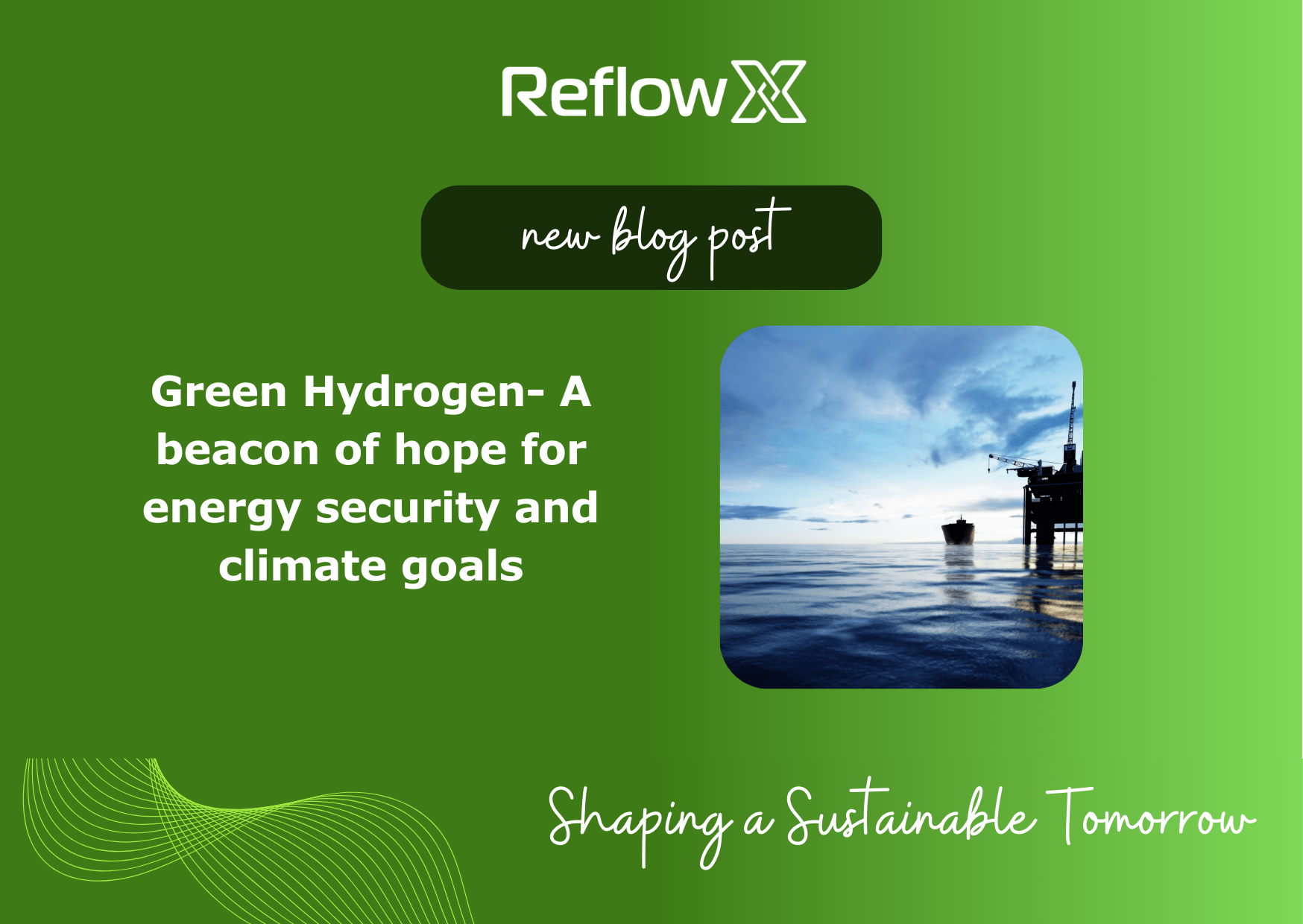
Green Hydrogen: Paving the Way to a Sustainable Energy Future
As the global community intensifies efforts to enhance energy security and achieve net-zero targets, green hydrogen is emerging as a key solution. This renewable energy source holds the promise of meeting global energy demands while significantly contributing to climate action goals. Produced by using renewable electricity to split water molecules into hydrogen and oxygen, green hydrogen is poised to become central to the energy transition.
The Rise of Green Hydrogen
Green hydrogen stands out for its immense potential to drastically reduce greenhouse gas emissions. Unlike traditional hydrogen production methods, which rely on fossil fuels, green hydrogen production is entirely clean, leveraging renewable energy sources like wind, solar, and hydropower. This makes it an essential component for countries aiming to decarbonize their energy sectors.
Global Ambitions and Targets
Countries around the world are setting ambitious targets to harness the power of green hydrogen. The United States, for example, aims to produce 10 million tonnes of clean hydrogen annually by 2030, with plans to increase this to 50 million tonnes by 2050. The United Kingdom targets a low-carbon hydrogen production capacity of 10GW by 2030, while the European Union is driving forward a hydrogen-powered future through legislative measures such as the 2018 Renewable Energy Directive.
Challenges and the Path Forward
Despite the optimism surrounding green hydrogen, the International Energy Agency’s (IEA) 2023 Global Hydrogen Review highlights several challenges. Meeting climate goals will require a strong focus on green production methods and low-emission applications. Although low-emission hydrogen production is expected to grow significantly by 2030, high costs remain a significant barrier.
Currently, green hydrogen production is more expensive than traditional methods, largely due to the high cost of renewable energy and electrolysis technology. However, ongoing technological advancements and increased production scale are expected to drive down these costs over time.
Key Actions for Progress
To unlock the full potential of green hydrogen, several critical actions are necessary:
Investment in Technology and Infrastructure: Significant investments are needed to develop and scale up green hydrogen technologies and infrastructure.
Policy Support and Incentives: Governments must implement supportive policies and provide financial incentives to accelerate green hydrogen development.
International Collaboration: Global cooperation is essential for sharing knowledge, technology, and best practices, ensuring a unified approach to green hydrogen.
Market Development: Establishing a robust market for green hydrogen involves setting standards and creating demand in key sectors like transportation, industry, and power generation.
Conclusion
Green hydrogen holds tremendous promise as a clean energy solution capable of enhancing energy security and meeting global climate goals. While challenges remain, concerted efforts by governments, industry, and international organizations can pave the way for a hydrogen-powered future. As technology advances and costs decrease, green hydrogen is set to become a cornerstone of the global energy transition, contributing to a more sustainable and resilient energy system.
Investing in green hydrogen today will build a cleaner, more sustainable energy landscape for future generations.
 Prev Blog
Prev Blog